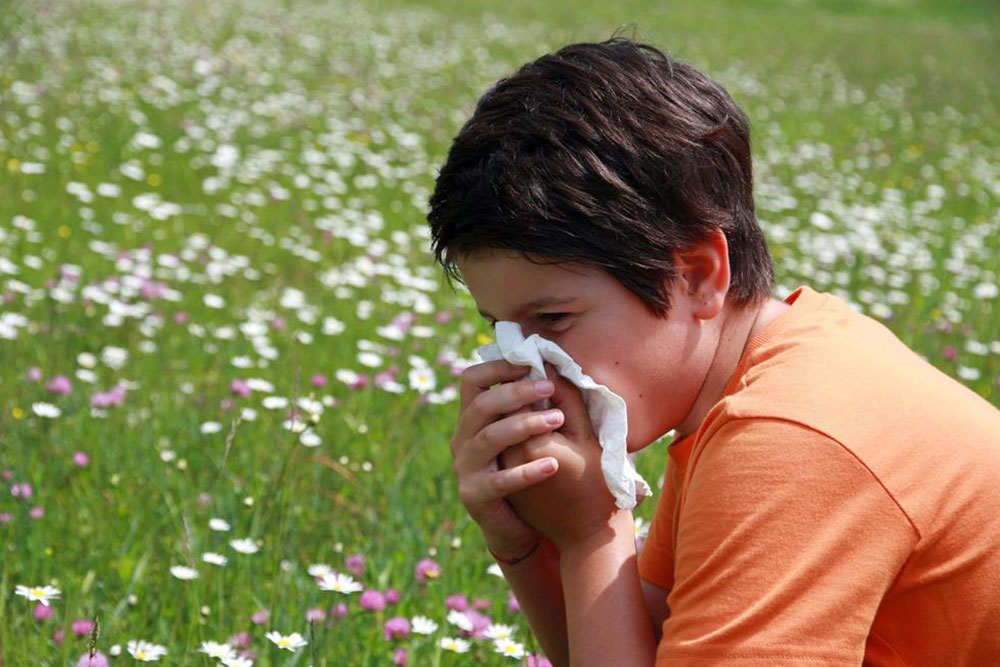Effective Strategies for Recognizing and Managing Pet Allergy Symptoms
Pet allergies affect many individuals, causing respiratory and skin symptoms that impact quality of life. Recognizing early signs like sneezing, itchy eyes, and skin rashes is crucial. Diagnosis entails allergen testing, while management includes environmental control, medication, and lifestyle adjustments. For severe allergies or asthma, rehoming pets might be necessary. This comprehensive guide offers strategies for allergy relief, explains common triggers such as dander and saliva, and emphasizes the importance of professional consultation. By understanding allergen sources and implementing preventive measures, people can better coexist with pets or make informed decisions about pet ownership.

Effective Strategies for Recognizing and Managing Pet Allergy Symptoms
Having pets at home offers incomparable joy, comfort, and companionship, enriching our daily lives with unconditional love and playful interactions. From dogs wagging their tails to cats purring contentedly, animals can bring a sense of happiness and relieve stress for many people. However, for some individuals and family members, the presence of pets can trigger adverse allergic reactions that significantly affect their health and well-being. Understanding the subtle signs of pet allergies, knowing how to identify triggers, and implementing effective management strategies are essential steps toward a healthier coexistence with pets or making informed decisions regarding pet ownership.
Recognizing Common Symptoms of Pet Allergies
Pet allergies primarily impact the respiratory system, skin, or both. Recognizing early signs can prevent the progression of allergic reactions and associated complications. The most common manifestations include symptoms similar to hay fever or cold, such as sneezing, nasal congestion, and runny nose. Skin reactions are also prevalent, manifesting as dermatitis, rashes, or hives following direct contact with animals. For individuals with asthma, exposure to pet allergens can exacerbate existing breathing difficulties, leading to more frequent or severe asthma attacks.
Some of the Most Typical Allergy Symptoms Include:
Sneezing episodes that occur frequently and persistently
Stuffy or congested nasal passages
Persistent runny nose with clear or colored mucus
Watery, itchy eyes that may become red and inflamed
Facial pressure or sinus congestion causing discomfort
Coughing, especially at night or during physical activity
Dark circles under the eyes, often called allergic shiners
Skin Reactions from Pet Allergens
Inflamed, irritated skin
Itching sensations that can be intense and persistent
Hives, rashes, or contact dermatitis appearing after pet contact
Symptoms That Worsen in Asthma Patients
Difficulty sleeping due to breathing issues
Chest tightness or heaviness
Breathing difficulties, wheezing, or shortness of breath
Frequent coughing, especially at night
Persistent nasal inflammation can lead to sinus blockage, increasing the risk of sinus infections such as sinusitis. For individuals with asthma, severe allergic reactions can trigger asthma exacerbations, requiring immediate medical attention. Recognizing these symptoms early aids in prompt intervention and management, reducing the risk of complications.
Pet allergies can significantly impair health, aggravate asthma symptoms, and predispose individuals to frequent infections. Early identification of allergy symptoms, understanding triggers, and seeking appropriate medical advice are vital. Tests such as skin prick testing or blood tests help confirm the allergy diagnosis. Managing exposure through environmental controls, medication, or lifestyle adjustments is crucial to maintain a good quality of life. While some prefer to keep pets, implementing cleanings routines, creating pet-free zones, and using allergy medications can help reduce allergic reactions. In severe cases, rehoming pets might be a last resort for safety.
How to Confirm if You Have a Pet Allergy
Many people suspect they are allergic to pets, especially cats. An initial step is to observe reactions after spending time in a pet-friendly environment. For a definitive diagnosis, consult an allergy specialist. Healthcare providers typically perform skin prick tests, where small amounts of allergen extracts are applied to the skin, and responses are monitored. Blood tests, such as specific IgE tests, can also measure allergy-related antibodies. Proper diagnosis is essential for developing an effective treatment plan and determining whether pet exposure should be minimized or avoided.
What Causes Pet Allergies?
The main allergens linked to pet allergy include fur, saliva, urine, and dander. Although many claim the existence of hypoallergenic pets, no animal is entirely free from allergen production. Proteins present in pet saliva, skin oils, and urine can stick to fur and skin, then become airborne or settle on surfaces. Dander, which consists of tiny skin flakes, is a primary trigger. This allergen can remain suspended in the air for hours and adhere to clothing, furniture, and curtains, affecting even those who do not own pets directly. External factors like pollen or dust mites can also attach to animal fur, complicating allergy management. Understanding that allergens stem from multiple sources helps in forming comprehensive avoidance strategies.
Effective Strategies to Reduce Pet Allergy Symptoms
If allergy symptoms are severe or linked to respiratory conditions like asthma, reconsidering pet ownership may be necessary. Some effective measures include:
Designating pet-free zones inside the home, such as bedrooms or certain living spaces
Regularly cleaning surfaces with vacuum cleaners equipped with HEPA filters to trap microscopic allergens
Washing pet bedding, toys, and furniture frequently to minimize allergen buildup
Bathing and grooming pets weekly to remove loose fur and skin flakes
Consulting healthcare providers for allergy medications like antihistamines, decongestants, or nasal sprays to alleviate symptoms
Carrying allergy relief medications when visiting places with pets
Wearing masks or protective clothing during cleaning or grooming tasks to prevent allergen exposure
Practicing good hygiene by washing hands thoroughly and changing clothes after pet contact
Considering alternative pets such as fish or reptiles that generate fewer allergens
In the United States, over 60% of households own pets, yet pet allergies are still prevalent. Knowledge and proper management can drastically improve daily comfort and health, helping allergy sufferers enjoy life alongside their loved animals.





